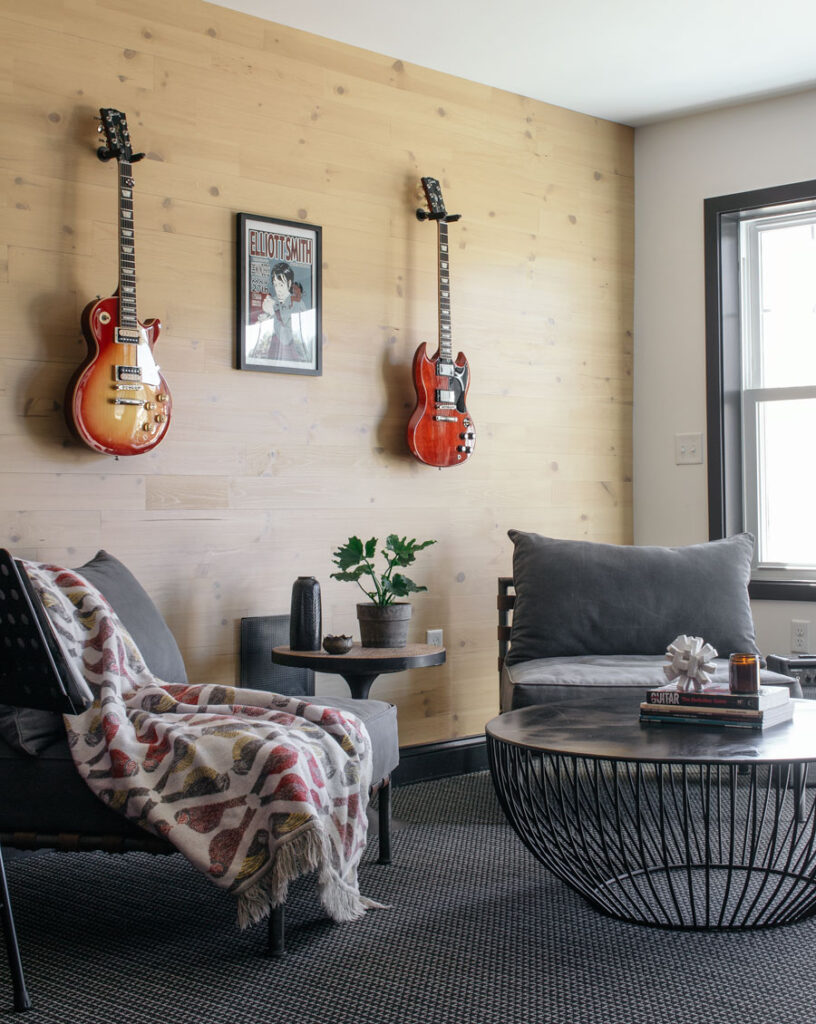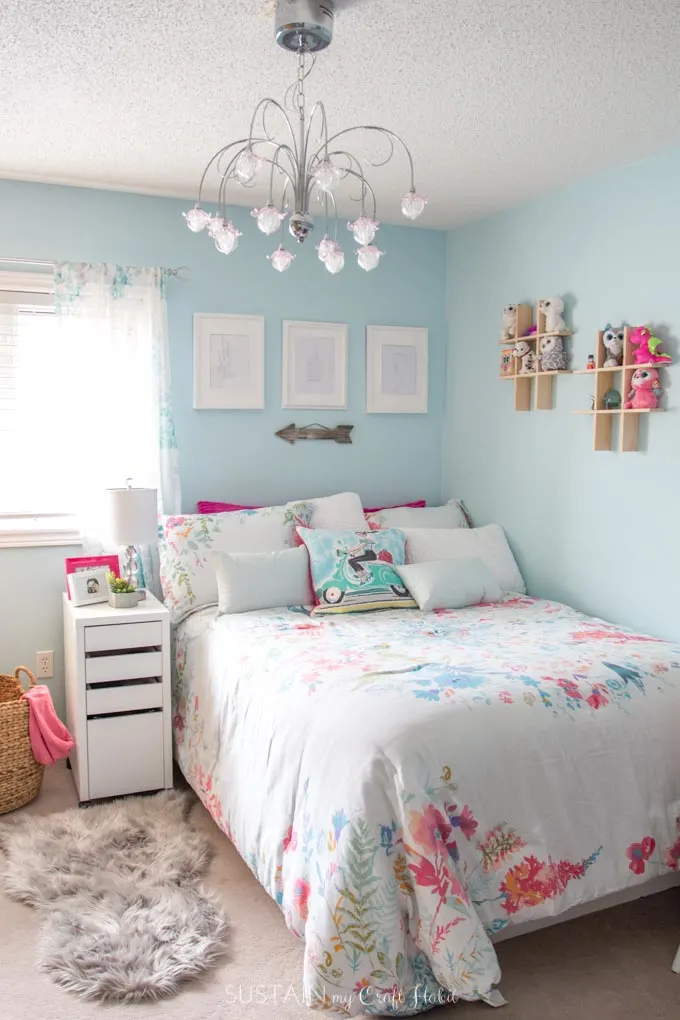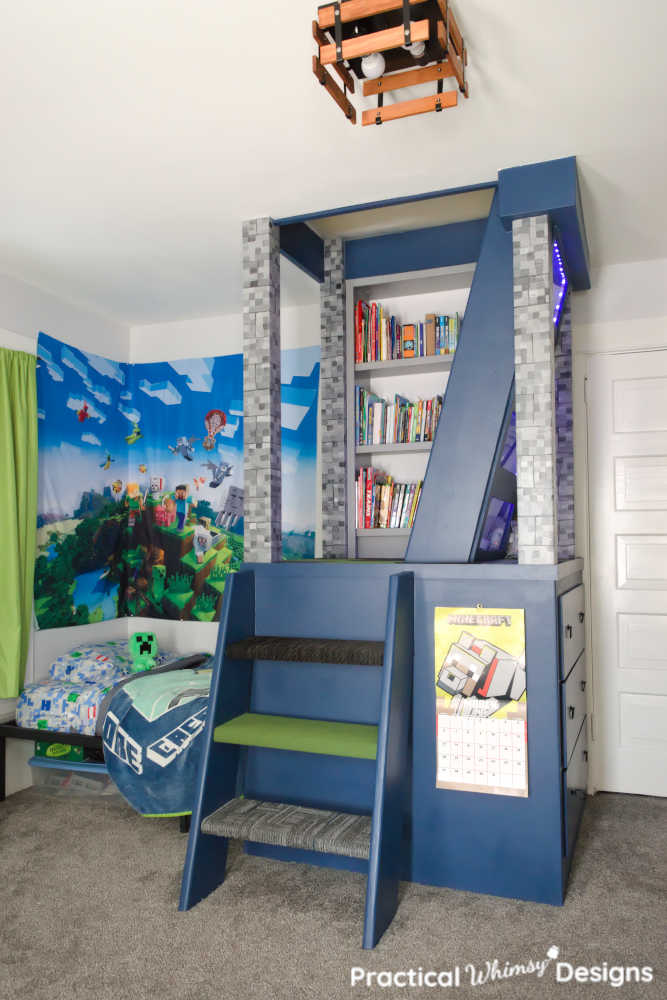What Type of Carpet is the Hardest to Clean?
There are more flavors of carpet in the world than you’d think. And while they aren’t as easy to clean as hardwood or tile flooring, some types of carpet are easier to clean than others.
The effectiveness of carpet cleaning depends on the texture and material of the carpet and what method of cleaning you use. In this article, I’ll cover the different types of carpets, which ones are the hardest to clean, and why.
Carpets with a longer pile length are the hardest to clean due to the dirt and stains being harder to reach than carpets with a shorter pile length. Different cleaning methods work better on some carpet fibers than others, so knowing what’s best for your carpet is the key to keeping it clean and looking its best.

Knowing about the different qualities of carpets and where is best to use them in the house can be imperative to keeping your carpet in a good condition. Let’s explore the different carpet types and methods of cleaning and if the color and age of the carpet affect how hard it is to clean.
How the Carpet Pile Type Affects How Hard Your Carpet is to Clean
Carpets are made by using fibers that are put through a backing and then forming a particular pile on the other side, creating the top of the carpet we walk across. Carpets can vary in pile type and length, affecting how hard a carpet is to clean.
The higher the height of the pile, the more soft and luxurious it can feel and look. However, this also means that the fibers have a larger surface area to collect more dirt and residue. Most vacuums are not built for long fibers, which is why vacuuming may be a bit harder and take longer compared to shorter piles.
The 3 Most Common Types of Piles
The three most common types of piles used in carpets are the cut pile, loop pile, and cut-loop pile. Within these types, different styles can determine where you place the carpet in your house and how often it needs to be cleaned.
Cut Piles
These leave a fuzzy layer on the carpet, which you see in most homes. Depending on the style, they can appear shaggy and plush, so you’ll need to vacuum more regularly. They’re great for low-traffic areas, such as bedrooms. Some styles include textured, frieze, saxony, and cable. The textured cut piles have fibers cut at different lengths, which can prevent footprints from showing up on the carpet.

Loop Pile
Loop piles are not cut but threaded through the backing and looped over. These tend to leave more of a textured look and are durable, so they’re suitable for high-traffic areas, such as family rooms and hallways. I used a loop pile in our media room in the photo above, and it has proven to be very durable and easy to clean. This is because the looped ends are less delicate and tend to be resilient. Loop piles respond well to steam cleaning, and it is recommended that you do this every 6-12 months. Some styles include Berber and pattern multi-level loops.
Cut and Loop Pile
This is where both cut and uncut tufts are used to create a patterned surface. Cut and loop piles create a comfortable and durable carpet. They are great for high-traffic areas such as hallways and family rooms and tend to hide wear well, but the varying texture can make them a bit more difficult to clean as dirt and crumbs can hide in the borders where the pile changes.

As you can see, different piles are better for different rooms, so you may want to choose several types of carpet to use throughout your home. I wrote an article all about using different carpet in different rooms if you want to learn more.
The Easiest Carpets To Keep Clean In Your Home
There are various carpet fibers and pile types that you can have in your home, and specific cleaning methods suit each one. The performance and appearance of your carpet ultimately come down to the fiber type and the cleaning maintenance. Therefore, as each carpet contains a pile type, a fiber type, and a most beneficial cleaning method, let’s discuss what these are to determine the hardest carpet to clean.
The 3 most Durable Fibers Used In Carpets
Carpets can contain one type of fiber or a mix of different fibers. Each material has different properties which determine how durable it is and how it’s affected by different stains or dirt. All carpets require regular vacuuming however, let’s look into what else may be needed to clean them when the inevitable spills and stains happen.
Nylon
Nylon carpet is the most popular fiber type for residential homes. It’s manmade, durable, and affordable, has an elastic-like bounce back, making it a great carpet choice for high-traffic rooms, and can keep its shape for years without becoming distorted or twisted.
Nylon is an absorbent fiber, but you can get solution-dyed nylon which is more stain-resistant. The added color of the solution-dyed nylon keeps its color permanently and is fade resistant, and spills won’t create stains as they can’t attach to the fiber’s cells.
The best way to clean a stain on a nylon carpet is by using a rag with warm water. You may use some dish soap if needed, but nylon normally doesn’t require any other special care. Absorb any remaining moisture with paper towels, and when the carpet is dry, you can vacuum over the area to restore its texture.
For regular weekly vacuum cleaning, use a model suitable for synthetic fibers. Nylon fiber carpet responds well to steam cleaning, especially after it has been flattened due to foot traffic. It will bounce back looking great as the steam cleaner reactivates the hydrogen molecule in the fiber.

Wool
Wool carpet is an excellent sustainable choice for your home. Most wool carpet is manufactured from short lengths of sheep wool. Though on the pricey side, wool is insulating, durable, and resilient if maintained properly. They keep their color for a long time as the molecular structure of wool accepts dye very well, so are a great carpet choice for color retention.
Wool is also an excellent dirt-resistant fiber and can handle some spills due to the wool’s natural coating that resists water-based stains. However, other fibers are more stain-resistant to non-water-based spills.
Thanks to wool’s overlapping structure, it gives you a chance to clean up any accidents if you act quickly, as it keeps the dirt and liquids at the top of the carpet instead of immediately soaking into the bottom. Wool carpet can be prone to mildew as it naturally absorbs water vapor from the air, so keep that in mind.
The best way to clean stains off your wool carpet is to blot and brush the carpet using warm water and white vinegar and leave it to air dry. Scrubbing the carpet is not recommended as it can damage the wool.
With a wool carpet, you want to clean up any spills as soon as possible to avoid staining, especially when it’s an oily or greasy spill. For regular vacuum cleaning on your wool carpet, it’s recommended that you use a vacuum cleaner that has very soft bristles.
Polyester
Around 25% of carpet sold is made from polyester. Polyester is a fairly durable synthetic fiber but not as resilient as nylon. However, it’s more stain-resistant. It’s easy to clean and resists moisture, but it can clump if you don’t maintain your carpet. It’s fade-resistant and can give off a high perceived quality.
The best way to clean your polyester carpet is to use a rag with warm water and synthetic carpet cleaner. For regular vacuum cleaning on your polyester carpet, you’re able to use a more aggressive vacuum cleaner as synthetic fibers are less delicate than fibers such as wool.
From these different fibers and their qualities, you can now determine what carpet type would be best for you and your home depending on if you have lots of dirt coming into your home or whether you are more concerned about the spillages and stains in your carpet.
The right cleaning method will make the cleaning process much easier and create a better result. If you don’t treat your carpet with the right method, it can be more difficult to clean and possibly not remove the dirt or stains you were hoping for.

Is New Carpet Easier To Clean Than Old Carpet?
You may wonder if it’s harder to clean an old carpet than a new one or if there’s any difference. Let’s look into the age of carpets and whether this impacts how hard they are to clean.
Over time, an old carpet will show its age no matter how much you clean it. Its color may fade, smells get trapped, and there may be stubborn stains and overall wear. Over the years, some small stains may fade away, but the recurrence of new stains will be harder to clean.
Smells and odors from stains and spillages can cling to the padding or underlay underneath the carpet, affecting air quality in your home. The cushioning of the carpet and underlay will also reduce and flatten after years of walking on it, and there’s nothing you can do to bring it back to its original state unless you replace it.
New carpets in your home will be easier to clean than older ones because they’re resilient and can handle dirt and stains when they are newly installed. As you continuously walk over the carpet, its plush feeling will flatten and become old carpet. On average, carpets last 10-15 years if maintained in good condition.
As we can see, old carpet is the hardest to keep clean compared to newly installed carpet due to its resilience. If you’ve had your carpet for many years and can’t seem to get it clean enough, it’s time to get a new carpet.
I know, I know. It can sometimes seem like carpet is just too much work to maintain, but there really are times when wall-to-wall carpet is the best choice for a room.
What Color Carpet Is The Hardest To Clean?
The color of your carpet can be difficult to keep clean after a stain or spill and just in general. Let’s take a look at whether it is harder to keep a lighter or darker-colored carpet clean.
Dark Colored Carpets
Dark-colored carpets are a great look and can provide a clean and cozy feel. They are perfect for hiding dark-colored stains such as dirt and wine. They are not ideal if you have white pet fur around your house as it will show up easily. Be aware of any chemicals you use on a dark carpet, as they could cause discoloration.
Light Colored Carpets
Light-colored carpets can create a bright, minimalist look in your home. You don’t have to be so concerned with using chemical agents on a white carpet to remove stains, but a light-colored carpet will show dark stains. Regular vacuuming and cleaning will be required more often with light carpets.
Most Popular Carpet Color
People take in many different factors when choosing a carpet color, and one thing they consider is how clean they’ll be able to keep it. Factors affecting color choice include activities, if they have children, if they entertain a lot, etc. Based on an analysis of 1,883 bedrooms, this table shows the top three most popular carpet colors.
| Top 3 Most Popular Carpet Colors | |
| Color | Percentage |
| Beige | 55% |
| Gray | 24% |
| Brown | 6.27% |
| Other | 14.73% |
From this table, we can see that many people who like a lighter-colored carpet will go for beige over white, and those who lean towards a darker-colored carpet prefer gray.
5 Tips to Keep Your Carpet Looking Clean and in Good Condition
Here are a few tips to improve the look of your carpets and make them easier to clean. Ensure the longevity of your carpet by following these tips.
1. Vacuum Your Carpet Regularly
To prevent dirt and residue build-up in your carpet, you need to vacuum your carpet regularly. Vacuum high-traffic areas such as your hallway and family room twice a week and vacuum low-traffic areas once a week. Use your vacuum cleaner slowly and properly to avoid damaging the fibers of the carpet.
2. Prevent Dirt From Entering Your Home
You can take action and create habits to stop unnecessary dirt from coming into your carpets. This can look like taking your shoes off at the door before you come inside and wiping your feet on the doormat. Keep a basket of slippers by the door to welcome guests and encourage them to remove their shoes as well!
3. Rearrange Your Furniture
Heavy objects placed on the carpet for a long period of time can cause the carpet to damage as there is so much weight pushing down on a certain area. You can periodically rearrange the furniture in your house to allow the areas used to breathe and get cleaned.
4. Have Your Carpet Cleaning Products Close By
When you know what cleaning products or methods are best for your particular carpet, ensure you have them close by, such as in your kitchen cupboard, laundry, or garage, so when a spill happens, you can clean it up quickly and efficiently. This can include having a bucket for water, a rag, dish soap, or a chemical agent ready to use. This will give you the best chance to avoid staining and make your carpet last as long as possible.
5. Get Your Carpet Steam Cleaned Professionally
Get your carpet professionally cleaned every 18 months to 2 years so it can get all the dirt out that the vacuum cleaner has missed or cannot reach. Steam cleaning your carpet every couple of years will make it easier to clean using your vacuum cleaner every week.

Frequently Asked Questions
What Is The Best Pet-Friendly Carpet?
The most pet-friendly carpet is a cut pile carpet so your pet’s claws won’t get caught like they could with a loop pile carpet. Use a dark-colored carpet if you want to avoid seeing dirty paw prints on your carpet, or you can use a lighter-colored carpet to avoid the fur of your white fluffy pet showing up!
What Are The Hardest Stains To Remove From Carpet?
Some of the hardest stains to remove from the carpet include wine, coffee, blood, chewing gum, ink, and colored drinks. It also depends on the type of fiber the carpet is made out of; some are more dirt or stain-resistant than others. The sooner you can clean up a spill, the better; the longer you leave it, the more likely a stain will be formed.
Final Thoughts
Overall the hardest carpet to clean comes down to how the carpet is treated every week as well as if the best cleaning method was used. I hope this article helped you to learn more about how to maintain the health of your carpet and understand what carpet is best for you and your home.
